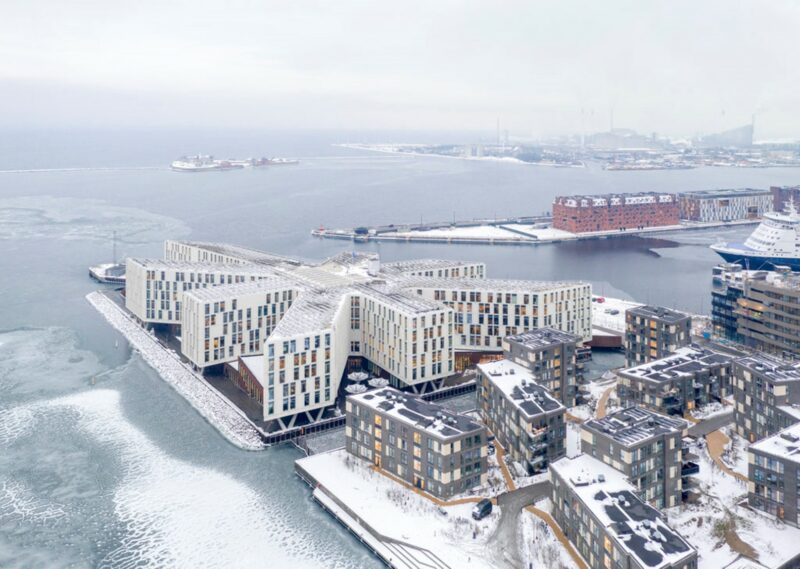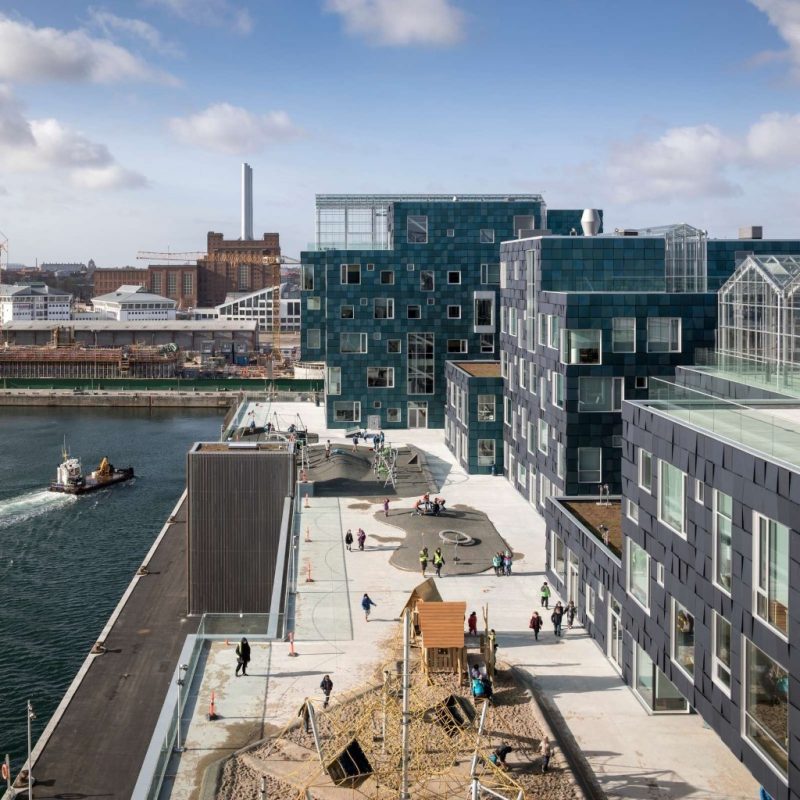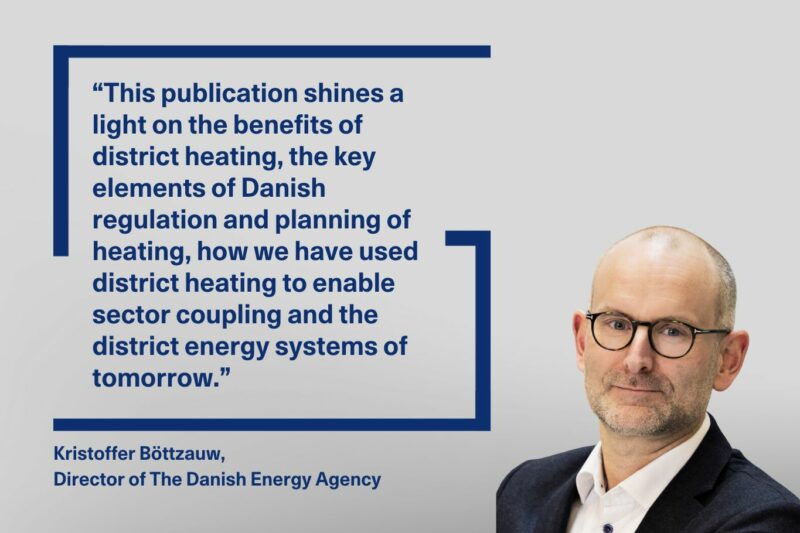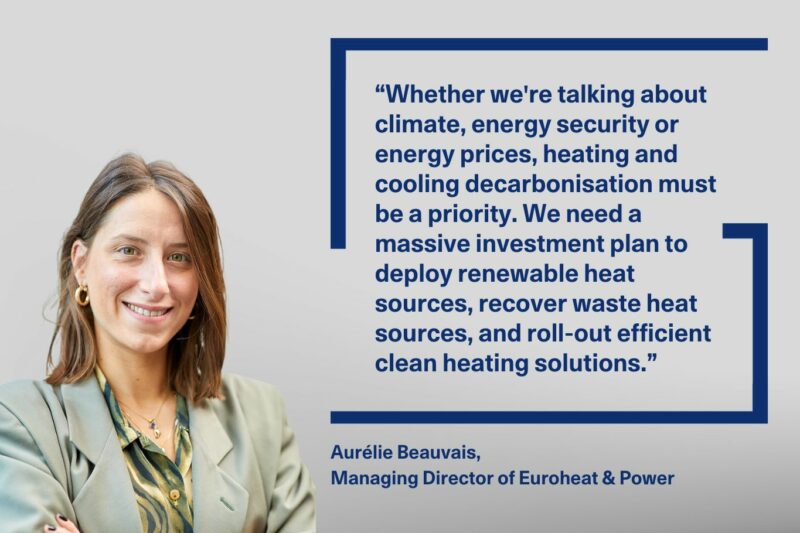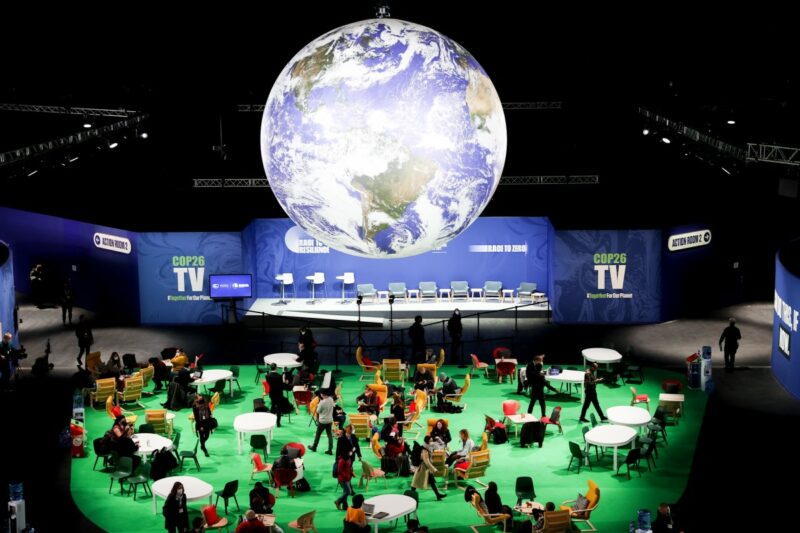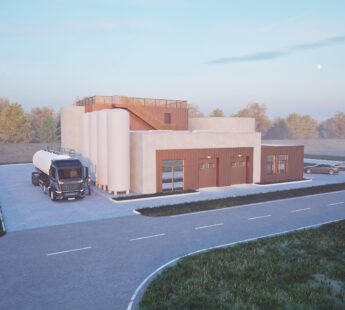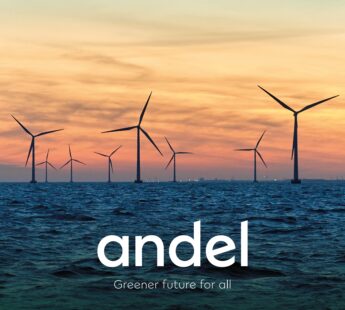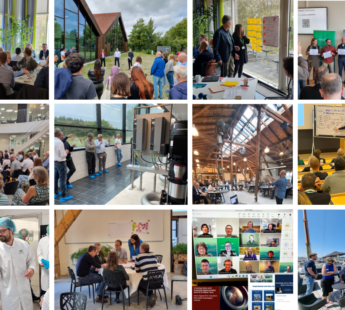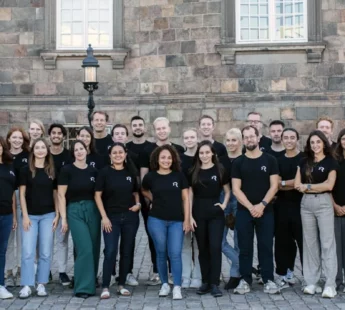News
Buildings
Energy efficiency in buildings
Energy efficiency in industry
Investments in energy efficiency could almost halve the cost of reducing CO2 emissions


In 2019, Denmark passed a legally binding climate act with the ambitious goal of reducing national CO2 emissions by 70 per cent by 2030 compared to the 1990 levels. Now, a new report by the Danish energy consultancy EA Energy Analyses outlines how this goal can be achieved and concludes that investments in energy efficiency and sector coupling can reduce costs of the green transition by almost 50 per cent. One of the companies working with improving energy efficiency is the Danish company Danfoss that produces heating, cooling and smart metering equipment among other products.
"There continues to be great potential in Denmark for saving energy, including in the heating of buildings and in industrial production. The cheapest and cleanest energy is the one we do not use, which is why the transition to a sustainable energy consumption begins with investments in energy efficiency. As EA Energy Analyses points out, society can save a lot of money by first prioritising investments in energy efficiency," says Kim Fausing, Danfoss CEO in a press release.
-Related solution: Innovation promoting energy efficiency through technology start-ups
According the report by EA Energy Analyses, the socio-economic additional net costs to reach the Danish goal of 70 per cent CO2 reduction by 2030 are almost halved by investing in energy efficiency. The additional costs are the further investments needed in addition to the investments agreed in Denmark’s 2018 Energy Agreement. These additional investments can be reduced from EUR 4 billion to EUR 2.15 billion through energy efficiency.
[caption id="attachment_107781" align="alignnone" width="418"]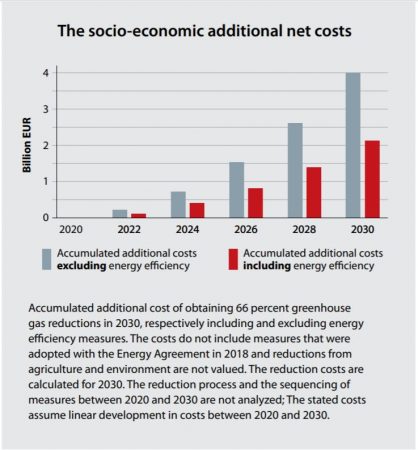
Danish climate goal can be reached with existing technologies
The report particularly focuses on taking advantage of existing technologies. Existing technologies are estimated to cover 66 percent of the emissions out of the 70 per cent goal. Technology development and innovation of the energy system are expected to cover the remaining 4 per cent of the reductions.
"The technology and the solutions to harvest the potential in energy efficiency already exist. This is why it is so important that investments in wind and solar power go hand in hand with investments in energy efficiency and sector coupling. It makes sense for the climate as well as socio-economically. By prioritising all three areas, we can achieve the ambitious political goal while also ensuring that it takes place as cost- effectively as possible. This enables us to reduce the costs of the green transition, while also releasing resources for other political priorities," said Kim Fausing, Danfoss CEO.
Other than utilising existing energy efficiency solutions, the report is pointing towards existing electrification solutions such as Power-to-X, sector coupling and increasing share of renewable energy in the energy mix.
-Related solution: Energy savings due to clean boilers
Building, industry and sector coupling have the biggest reduction potential
Some of the particularly noteworthy fields to invest in are sector coupling and the building and industry sectors, as they have a large potential to cut emissions drastically. According to the report, sector coupling can reduce CO2 emissions by 5.6 million tons by 2030. This corresponds to 44 per cent of the 70 per cent goal.
Meanwhile, implementing existing energy efficiency technologies in buildings and industry sectors can reduce 2 million tons of CO2 by 2030. This corresponds to 16 per cent of the 70 per cent goal. These investments are pivotal in reducing the costs of the green transition needed to reach the 70 per cent goal. The sectors with the biggest potential for energy efficiency-related reduction are in the building and industry sectors.
Read State of Green's white paper "Energy efficiency in a competitive industry"
Sources
Photo by chuttersnap on Unsplash
You should consider reading
solutions
Energy efficiency in buildings
+2
